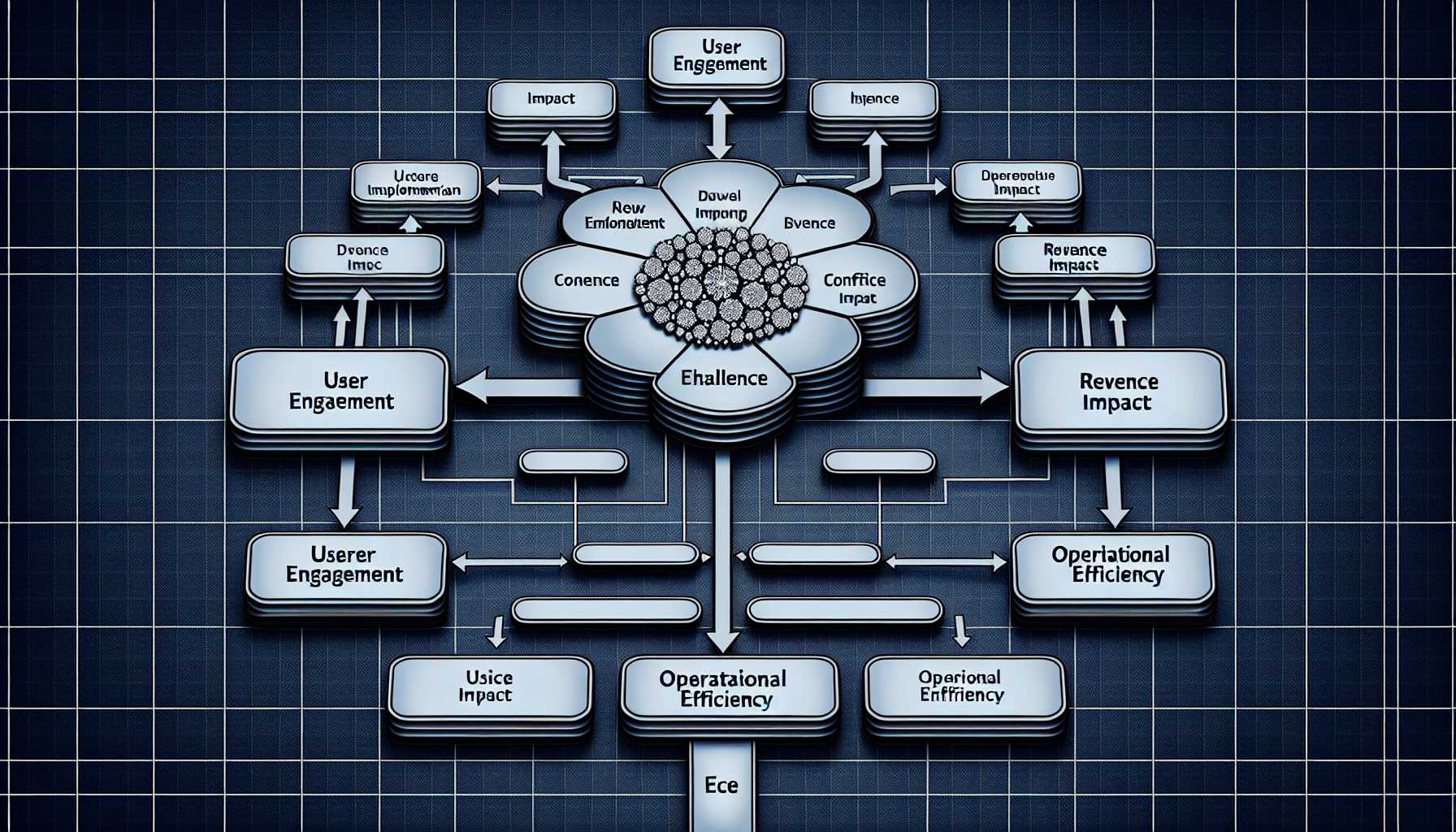Introduction
In the fast-paced tech industry, adding new features to software products is a frequent occurrence. It’s often seen as the driving force for growth, customer satisfaction, and staying competitive. However, deciding to push a new feature is not just about staying current; it necessitates a thorough assessment of the return on investment (ROI). In this post, I’ll discuss various frameworks and methods for measuring the ROI of new features, backed by industry insights and personal experiences from my journey as a Product leader.
Determining the Right Metrics for ROI Calculation
The first challenge in measuring the ROI of a new feature is determining which metrics accurately reflect the value it brings to your product and customers. Over my career, I’ve relied on a combination of data-driven metrics, such as:
- User engagement: Increase in user activity directly attributed to the feature.
- Customer retention: Improvement in churn rates post-feature launch.
- Revenue impact: Incremental change in revenue associated with the feature.
- Customer Acquisition Cost (CAC) reduction: Savings in cost per acquisition by leveraging the new feature’s appeal.
- Customer Lifetime Value (CLV) enhancement: Predicted increase in the value a customer brings over the course of their relationship with the company.
- Operational efficiency: Reduction in operational costs or time as a consequence of the new feature.
Utilizing Frameworks for Structured Analysis
Over time, I have found certain frameworks particularly useful for structuring ROI analyses. The ICE score (Impact, Confidence, and Ease) framework, used for prioritizing features, also provides a good starting point for calculating ROI. Assigning scores for impact, confidence in achieving the desired results, and ease of implementation gives an overall figure that acts as a rough ROI guidepost. Another framework I employ is CAC payback time, which measures how quickly a feature can help recover the CAC, hence directly linking it to ROI.
Deep Dive into Qualitative and Quantitative Data
Combining qualitative insights with quantitative data can provide a more comprehensive picture of ROI. In one of the release cycles at my prior company, we launched a feature aimed at increasing user engagement. While our quantitative data showed only a moderate increase in daily active users, qualitative feedback from customer interviews and NPS surveys revealed high satisfaction and increased willingness to recommend – an early indicator of potential long-term CLV growth.
Estimating and Comparing Costs
Any ROI calculation must also account for the costs involved in developing and maintaining the new feature. This includes not only the direct costs such as design, development, and marketing, but also the opportunity cost. For example, during a resource-constrained quarter, our team had to decide between two major features. Using a weighted cost analysis, we determined which feature promised a higher ROI within our acceptable risk limits.
Post-Launch Review: Measuring and Learning
After launching a new feature, it’s crucial to review its performance against ROI predictions regularly. A/B testing can be an effective method here, as it can quantify the impact of the feature by comparing the behavior of users who have access to the feature against those who don’t. In one instance, A/B testing helped my team fine-tune the feature after launch, leading to a 15% increase in projected ROI.
Continuous Evolution and ROI Realization
Understanding that feature ROI is not a one-time calculation is key. As the market, customer preferences, and the competitive landscape change, the feature’s ROI may evolve. Continuous monitoring and iterative improvements have been essential in maximizing the ROI of features in my experience. Features that initially showed marginal ROI, when refined based on user feedback and usage analytics, later became major value propositions for the product.
Conclusion
The ROI of new features in software is multifaceted and can significantly influence a company’s prioritization and strategic decisions. It requires a blend of frameworks, forward-looking analysis, and agility in responding to real-world data. By adopting a rigorous, yet flexible approach, product managers can ensure their new features drive not only immediate gains but also sustainable growth and customer loyalty for their products.
Stay tuned for my next post where I’ll discuss practical strategies for managing product backlogs effectively, ensuring that the highest ROI features aren’t lost in the shuffle.

